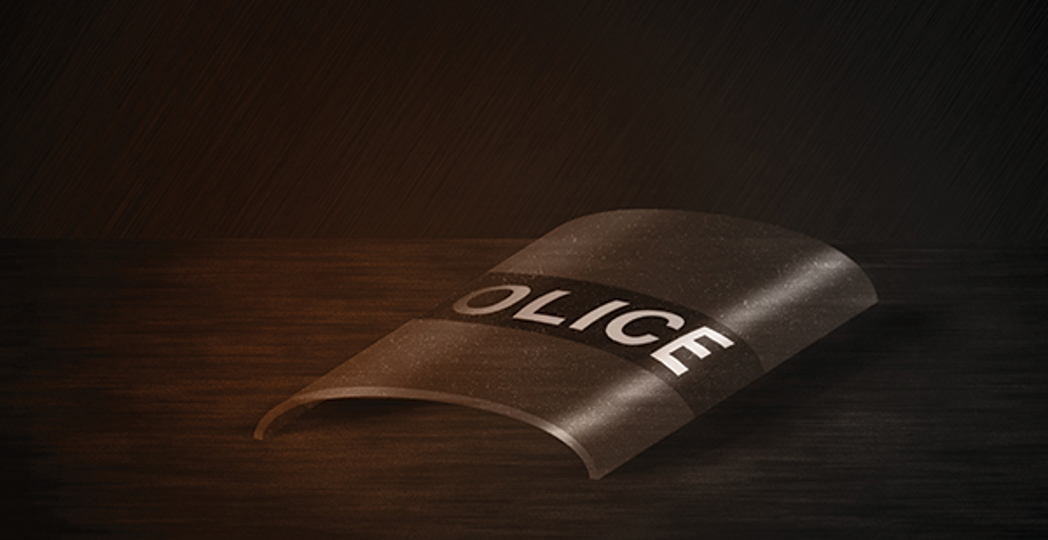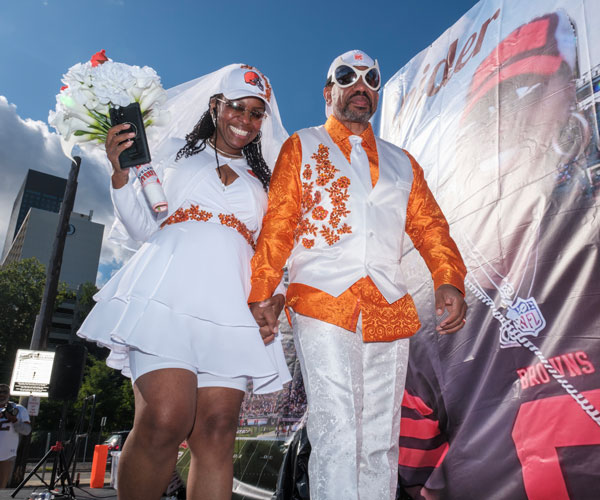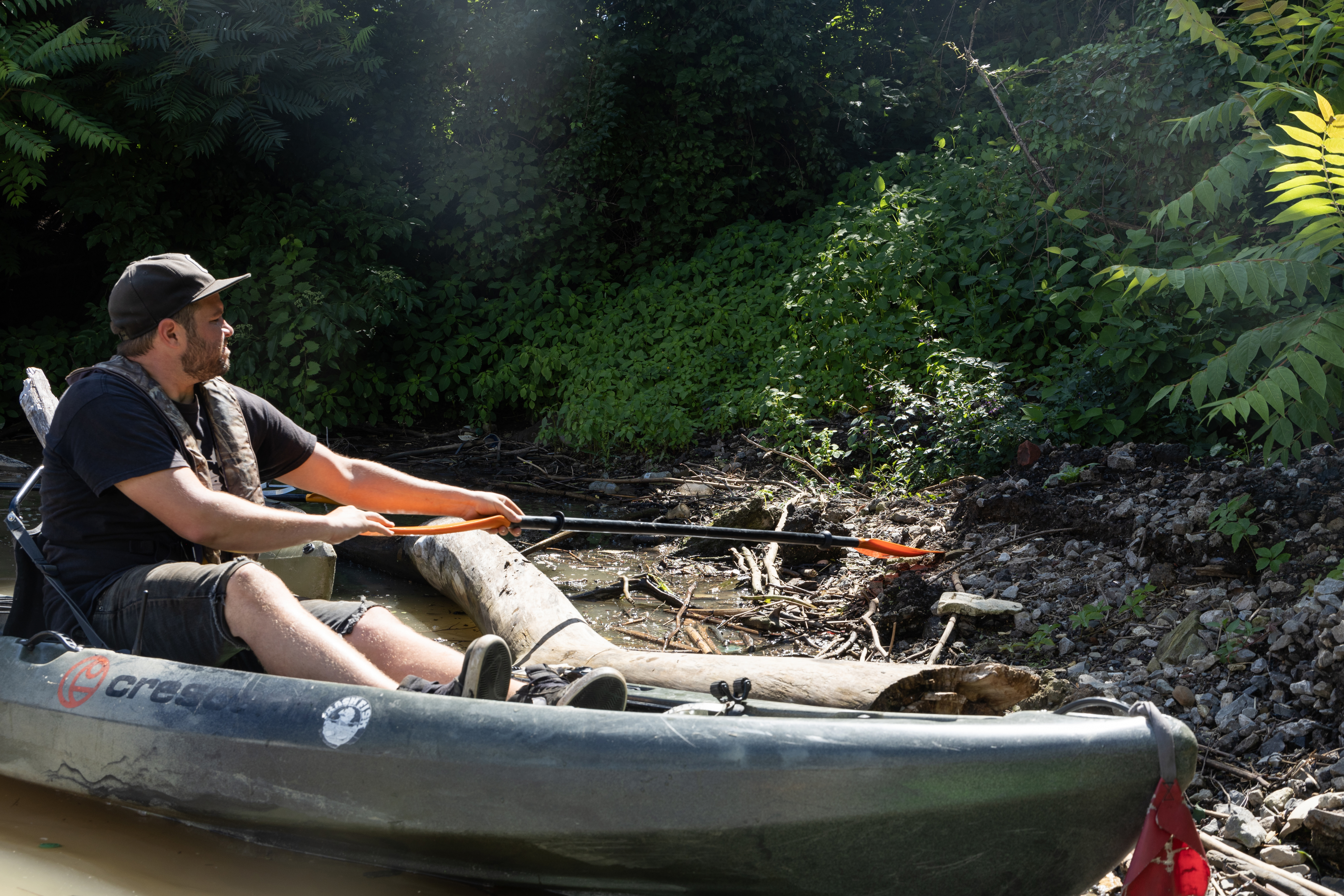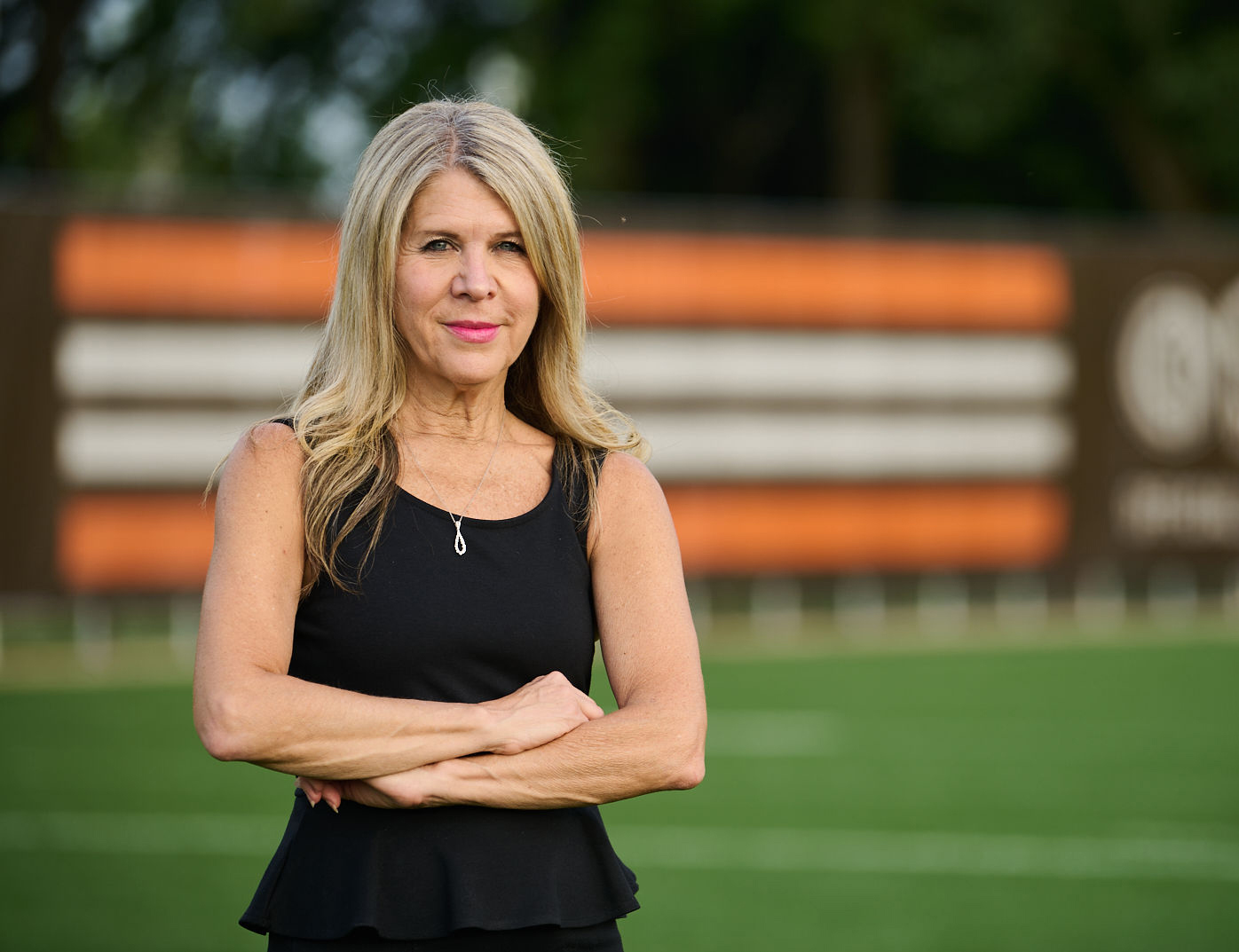How Should We Police Cleveland?
by Sheehan Hannan | Oct. 11, 2021 | 12:00 PM

Gluekit, Angelo Merendino
Trending
-
1
-
2
-
3
-
4
-
5










